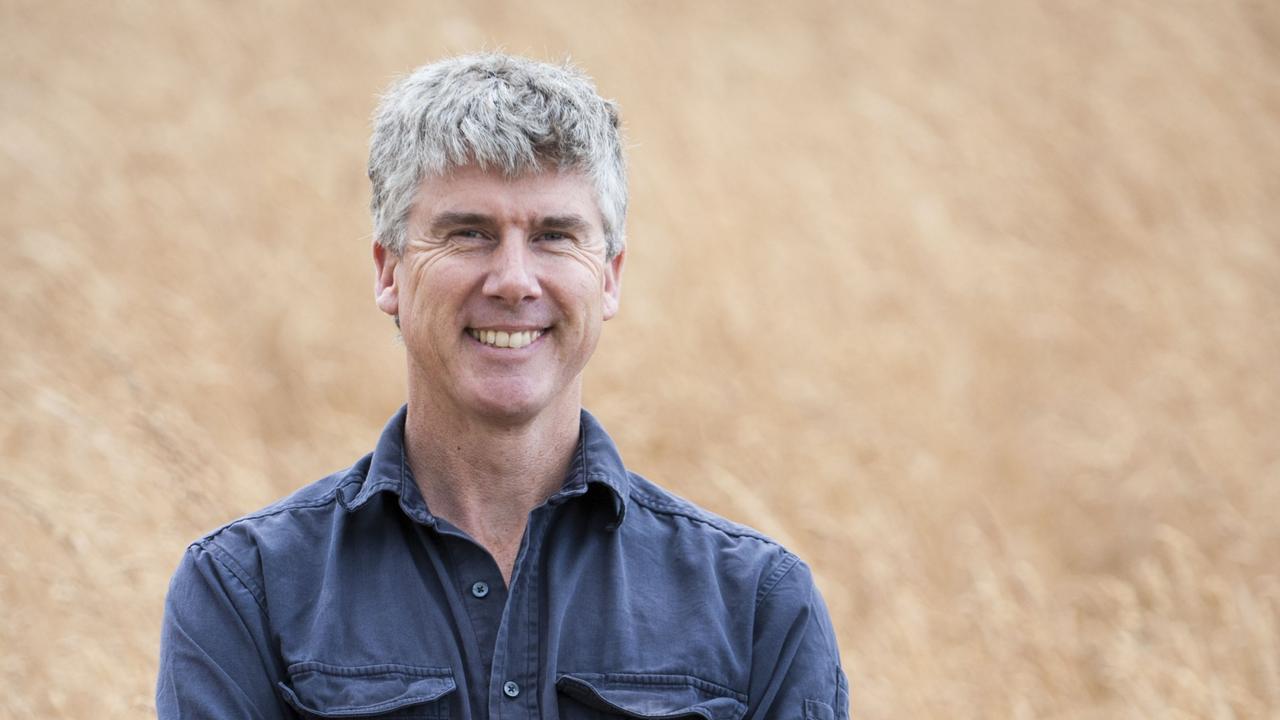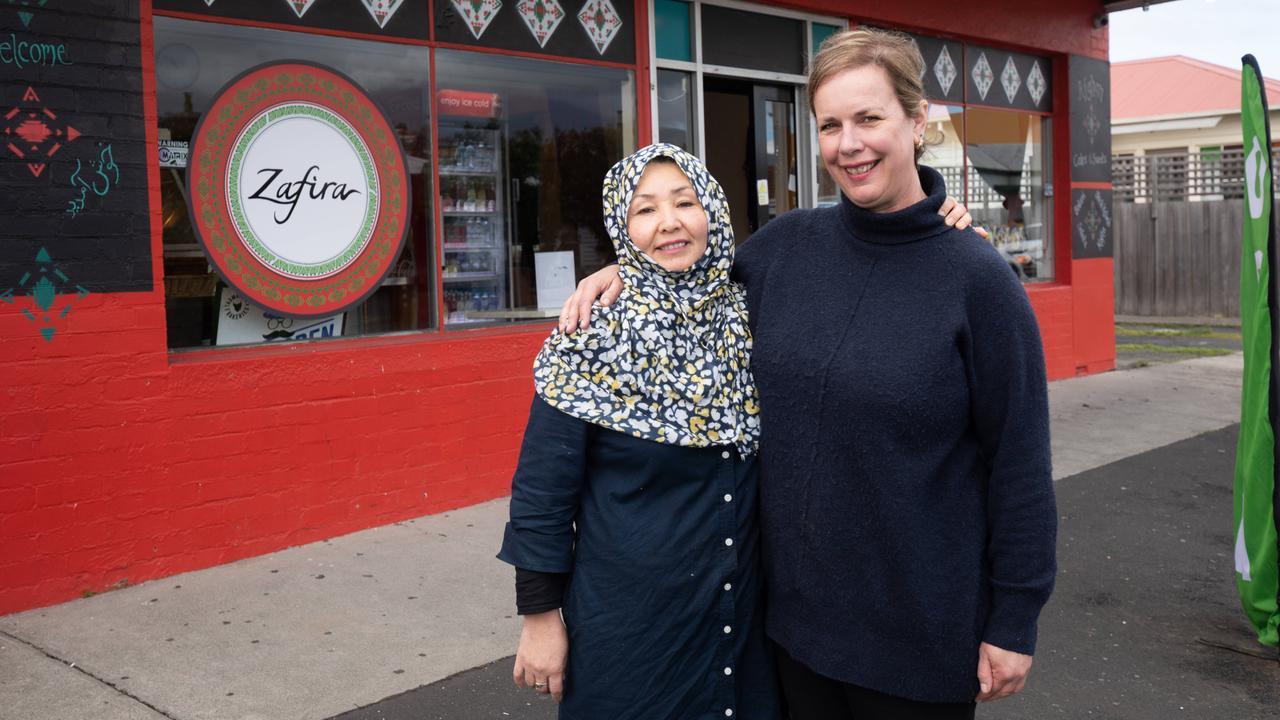Reality TV star Henry Terry offers farm gate truffle tours
A bold vision to introduce an exotic French gourmet food to Tasmania is beginning to pay off.
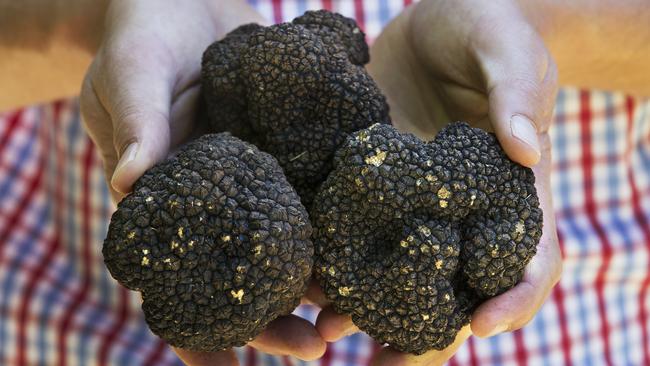
Taste Tasmania
Don't miss out on the headlines from Taste Tasmania. Followed categories will be added to My News.
CONSIDERING how long people have cultivated and eaten truffles, there is surprisingly little scientific knowledge behind farming the precious fungi. Deloraine truffle farmer Henry Terry, of Tasmanian Truffles, says most aspects of truffle production are still more art than science but, to the outside observer, this is exactly what makes them so fascinating.
“Even up until the 1990s, so much of what was known about growing them in Europe was based on old wives tales,” he says. “For example there was a belief that thunder storms were excellent for truffle growing because truffles would grow anywhere the lightning struck the ground – in reality the storms were good simply because of the rain they delivered.
“And even after harvesting them, the sorting and grading all has to be done by hand and so much of that involves smelling the truffles, feeling the texture with your fingers and so forth, and if anyone ever designs a machine that can do that, I’ll be flabbergasted!”
While the body of scientific study around truffle-farming has improved immensely in recent years, for the public there is still a lot of mystery about them. Even those able to recognise one often know little about how they are grown, and dedicated foodies can struggle to know what to do with them in the kitchen.
Fortunately for the curious, Tasmanian Truffles now offers a visitor experience, inviting food lovers to visit the Deloraine farm, see how the fascinating fungi are grown, try digging one up, learn how to grade them, and finally enjoy the unique flavour as part of a platter-style lunch served at a big handmade wooden table between rows of trees in the picturesque trufferie.
Tasmanian Truffles offers this experience as part of an agri-tourism venture being run by Off The Table, whose other offerings include visits to free-range egg producer Pure Foods Eggs, Tasman Sea Salt, Tasmanian Natural Garlic and Tomatoes, and Lentara Grove olive oil.
“There has never been a better and more important time to explore where our food comes from,” says Off the Table founder and owner Anna Yip. “We let you look behind a label, so you can really understand what’s really important when it comes to the food you eat.”
Terry says the agri-tourism push comes at just the right time for his family business, which was started by his parents.
“Food tours in this region are really kicking off at the moment,” he says. “There’s the 41 Degrees South salmon farm near here, they have people coming in their door all the time, there’s a vineyard that just opened down the road, Ashgrove cheese down the road as well, so all these premium producers within a 10km radius and people are cottoning on to that.
“Tasmania’s reputation for fine food and wine has really taken off in recent years, foodies are travelling to Tasmania to visit these producers and find out more, and we’ve been getting requests for tours here for a long time.”
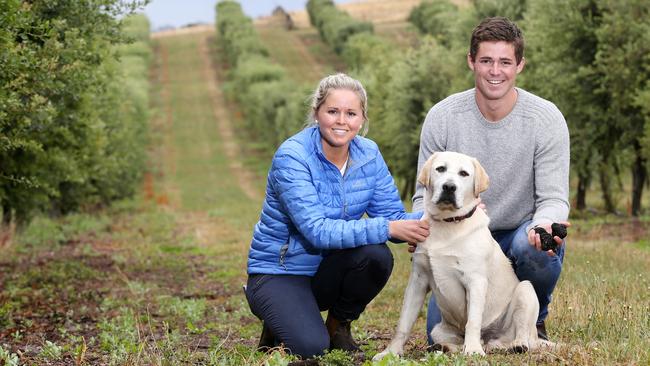
They are doing a soft launch of the tours, offering them to individuals and groups by appointment, but once they fine-tune the experience and have a visitor centre built and operating, they intend to take walk-ins too. They have a new sign out front of their Mole Creek Rd entrance inviting visitors in, testing the waters to gauge what kind of interest they will have from passing traffic. As if to prove Terry’s point, during our interview, visitors in two cars find their way onto the property for a look around.
Henry’s parents Tim and Adele planted the first truffle farm in Australia, harvesting the first truffle from their Deloraine hazel plantation in 1999. And as trufferies take anywhere from five to 20 years to properly establish, it was a huge risk to take with a foodstuff that was virtually unknown in Australia.
“I really don’t know what they must have been thinking,” Henry laughs. “They must have been crazy, I think, but while it’s definitely a long game, it has paid off. The science has come a long way in that time, mostly because Mum and Dad did a lot of the groundwork, because they were the first ones in the country to do it.”
Truffles are the mature fruit or spore sacs of a fungus that attaches to the roots of trees, growing like an underground mushroom. The tree and the truffle develop a symbiotic relationship in which they share nutrients, and the truffle’s pungent odour is believed to be an evolutionary advantage, which entices wild animals to dig them up, eat them, and excrete the spores elsewhere to begin the cycle again.
To farm truffles, you need a plantation of trees. The Terrys started out with a hazel plantation, which is one of the more traditional varieties for truffle-growing. But it had its challenges.
“There were about 18,000 hazelnut trees planted out here to begin with,” Henry says. “But they just needed so much more maintenance. Truffles need warm soil to grow in, and hazel trees are very dense and bushy, so they needed a lot of pruning to allow enough sunlight to reach the ground. These days we use oak trees – evergreen oaks and English oaks – because they let more sunlight reach the ground and while a hazel tree might live for about 20 years, an oak tree can be productive for hundreds.”
To produce new truffle-bearing trees, acorns are allowed to germinate in sterile soil to avoid contamination from other types of native fungus, and the young roots are then painted with truffle spores, allowing the fungus to grow along with the host tree once planted. The truffles grow underground and to harvest them specially trained dogs are led through the trees to sniff for their distinctive odour. They can then be dug up by hand.
This complicated process, along with notoriously low crop yields, and the labour-intensive harvesting, are why truffles are so expensive, selling for around $1.50/g.
“That was a major challenge for Mum and Dad because after they started growing them, they simply couldn’t sell them,” Henry says. “In all of Australia there were basically no chefs who knew what to do with them, nobody used them. They couldn’t even export them to France because it was always counter-seasonal and the chefs there weren’t interested. They ended up exporting them to places like Hong Kong instead.”
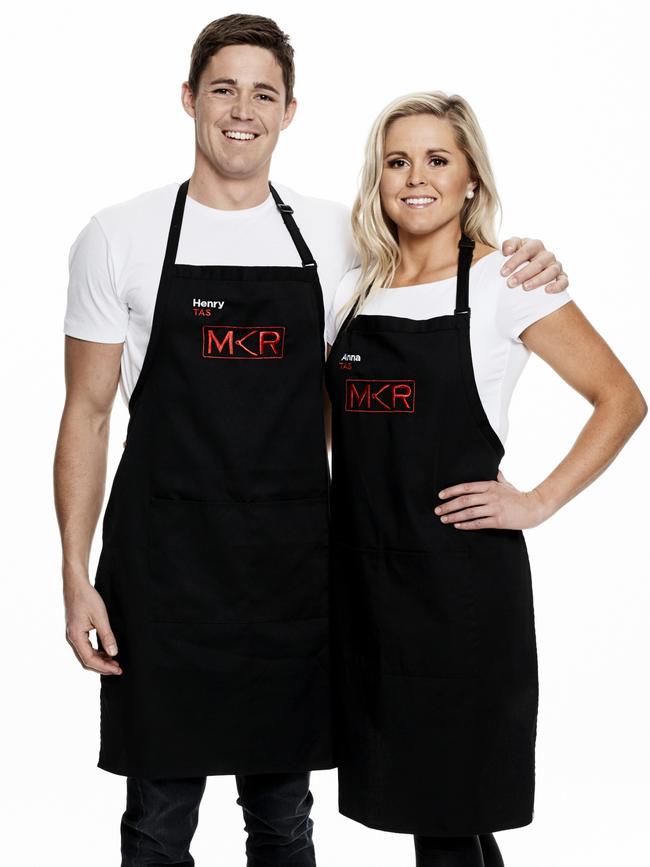
However, Henry says that has changed. “You’re likely to see them being used on cooking shows on TV now, which is great,” he says. “People are more adventurous about trying them now. Everything we produce, we are now able to sell online, through markets or direct to Tasmanian restaurants.”
Speaking of TV cooking shows, Terry has done his bit for his industry on that front as well. He and his sister Anna appeared on Channel 7 series My Kitchen Rules last year, where their truffle-farming background made them a true culinary novelty.
“Anna and I were exceptionally lucky,” he says. “We were just going along for the ride and set out to have lots of fun, which we did, and we got to showcase our truffles along the way. That was a real bonus looking back. We were able to show truffles being used in a home kitchen, just a couple of battlers having a crack, so I think that made them less scary for a lot of people and raised awareness for us as well. It created a huge interest in where we are and what we’re doing now.”
Terry says truffles will always occupy a place at the premium end of the market because they are so difficult to grow, but people are increasingly willing to spend a little extra to get their hands on some of the precious fungus and enjoy it for themselves at home.
“Whenever I’m selling truffles at a market, people are always asking how much they will need,” he says. “And the answer is always: more is more. And it’s a bit of a hard sell, telling people ‘yes you will actually need to use quite a bit of this rare and precious food item to make your dish really nice’, but it’s true. The biggest mistake people make is to buy a little truffle and try to make it last 10 meals. It won’t work, it’s just not enough to get the benefit of the flavour. There are a couple of other producers in Australia now but nobody really knows how to grow tonnes of them yet, so in terms of supply and demand that’s pretty good for us.”
Even after the bright lights of reality TV and a brief stint living in Sydney, Terry says he loves his family home at Deloraine more than ever. “It’s funny, I kinda never really saw myself coming back here when I was younger. I always wanted to be a cricketer. Then I was doing uni in Hobart, I went to Salamanca for coffee, and I started thinking hey, I could probably sell some truffles and things here at the market on weekends. And that’s how I started out getting back into the family farm. As kids, what we did for fun was follow Dad around as he figured things out and at the time we didn't even realise we were learning it all. Now I’ve fallen back into it.”
Henry says Anna is doing a dietetics degree in Queensland, but manages their social media presence from up there. “She comes home as often as she can and we put her to work when she does,” he says. “I think home is calling her pretty hard, just like it did to me. It’s astoundingly beautiful here and I never take that for granted. I lived in Sydney for a year or so for MKR, in a little apartment in the middle of Chatswood. It was a nice apartment but living in a little apartment in the middle of the city like that, nah, I miss the quiet and the space and the nature of being here.”
Tasmanian Truffles’ Off The Table experience is available for bookings now, for $125 per person. For more details visit tastruffles.com.au or offthetable.io

